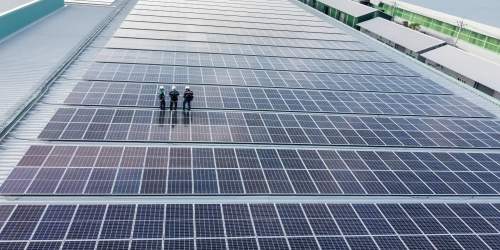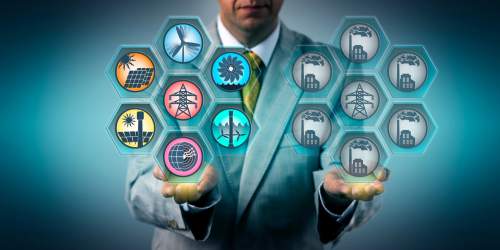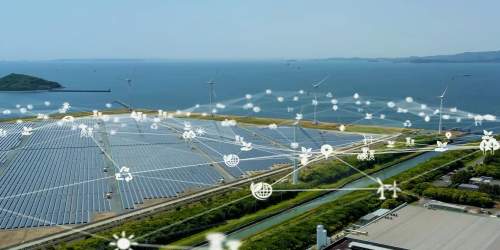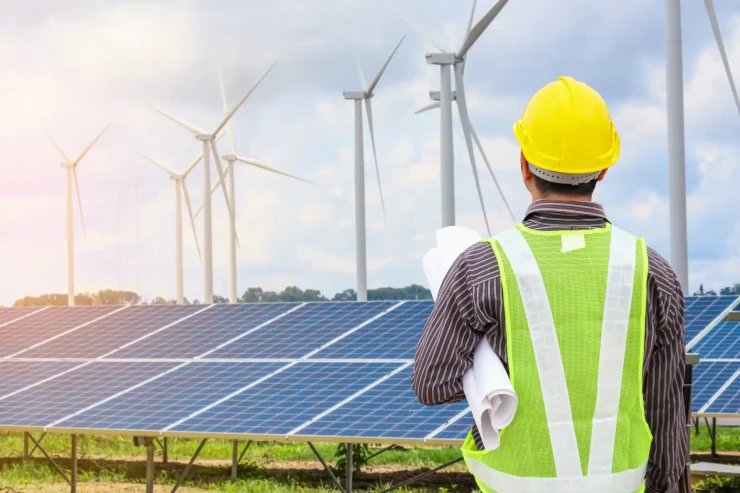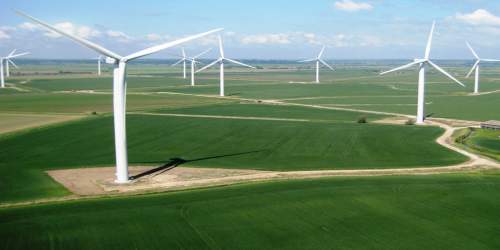On the surface, cybersecurity and climate change may seem like they sit at the opposite ends of the spectrum. But there are more connections between them than many realise, and some experts believe that climate change could be one of the biggest security threats we’ve ever faced. So how are these two topics connected and what can be done to mitigate the risks as we move forward with evolving security threats and increased environmental risk.
How cyberattacks impact real-world infrastructure
Just as climate change is affecting our way of life and threatening our livelihood, cybercrime is a threat that’s becoming increasingly prevalent in our everyday lives. Ransomware attacks on the US Colonial Pipeline back in 2021, causing a complete shutdown of its fuel distribution network and an attack on Viasat, a satellite communications company, which resulted in almost 6,000 wind turbines malfunctioning in Germany, causing disruptions to thousands of businesses in Europe, are just a couple of examples of attacks in recent years.
COMPARE PRICES FROM LOCAL INSTALLERS
Compare prices from local companies fast & free
Enter your postcode to compare quotes from leading professionals. We promise to keep your information Safe & Secure. Privacy Policy
Cyber criminals are increasingly targeting businesses in this sector, costing millions in financial losses, and affecting data security as cutting-edge technologies are being targeted. Between school and work closures due to extreme weather and more people working remotely as a result of sustainability efforts, cybersecurity needs to be a priority, but so many businesses still neglect even the basics.
This increases the possibility for an attack and puts more people at risk of cybercrime. Economic stress also leads to an increase in criminal behaviour whether by scams, identity theft or ransomware attacks, from people who are politically and socially motivated on both sides of the climate change issue, through to those looking to benefit financially during times of financial difficulty or to make a political statement.
Climate change can also impact physical devices, such as through the increased risk of flooding, which could put data at risk if contingencies are not put in place. And then there’s the risk that comes from transitioning to more sustainable practices and new technologies in a bid to be more energy efficient, which could leave data vulnerable.
The environmental impact of cyber crime
The increased use of technology to manage our energy usage and live more sustainably means that more of our devices are vulnerable to a cyberattack. As more criminals target supply chains, infrastructure investment and other related industries, workers, customers, and business owners all suffer the consequences. Critical infrastructure in the energy sector could be more vulnerable to effects of climate change because it has such a heavy reliance on online networks.
Similarly, the threat to the climate has increased the rates of activism, such as protests and campaigns, and of course online activism as people push for policy reforms. ‘Hactivism’ - hacking undertaken for a political or social cause - has become a way to garner more media attention, and as activists’ desire to be heard over climate fears increases, it’s likely we’ll see an increase in this type of activity.
Combatting the dual threats of cybercrime and climate change
We know that it will take a unified effort the world over to tackle climate change and fend off catastrophe, but this also means a more intense approach to renewable power and more investment in sustainable tools. But energy conservation is just part of the issue — businesses also need to reduce their vulnerabilities online too.
As new technologies come to the market and are adopted by companies, the need for testing and risk assessments will need to increase. Penetration testing to identify, safely exploit, and remediate vulnerabilities across computer systems, applications and websites will help to minimise the risk of a genuine attack devastating a business or resulting in a data breach. Educating stakeholders will equally help staff at all levels avoid scams and spot misinformation about climate-related emergencies. Baking cyber security and climate change awareness into digital design will also reduce costs and risks, helping companies invest in sustainable technologies with more confidence.
Businesses should also deploy technologies to prevent climate-related issues, prioritising risk identification and taking a more proactive approach to cybersecurity threats, such as automated equipment maintenance and resource allocation that’s backed by data.
One of the ways that businesses can improve their readiness for the damage caused by these issues is to ensure that decision makers and IT professionals are working together to incorporate climate change risks into their security plans. For example, if there’s a power outage caused by extreme weather conditions, it impacts business operations but also could compromise security — having a plan in place for these events will reduce the burden of these events on the business.
Companies around the world need to make smarter investment decisions that are sustainable and offer an opportunity to move away from fossil fuels such as oil, which not only offers a chance for long-term financial gain but also reduces the risk of an attack from environmental protestors.
Instability, environmental damage, and food insecurity are all side effects of the climate crisis, but now we have the added threat of cyber-crime to contend with. As we strive to create more sustainable practices, it naturally creates more opportunities for criminal behaviours and social disruption. While a proactive approach to cybersecurity won’t reverse the effects of the climate crisis, it may help to reduce the economic impact of environmental issues on businesses and society as a whole.
by Annie Button







